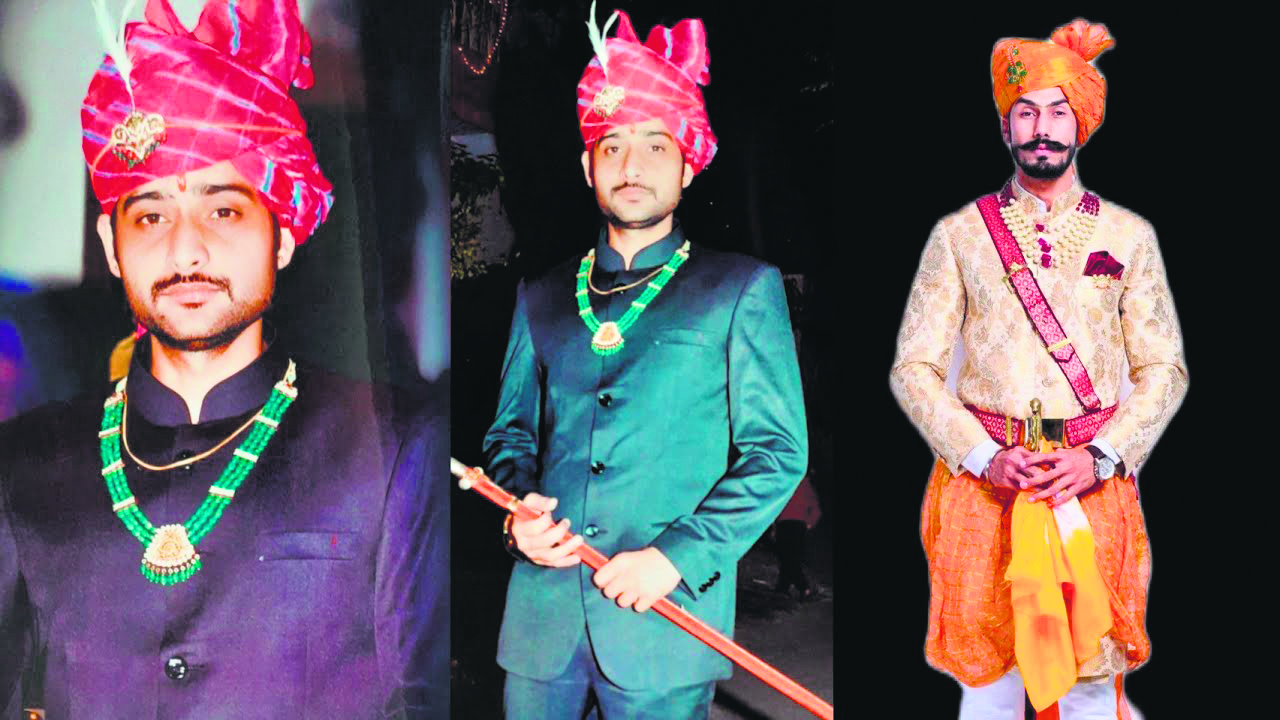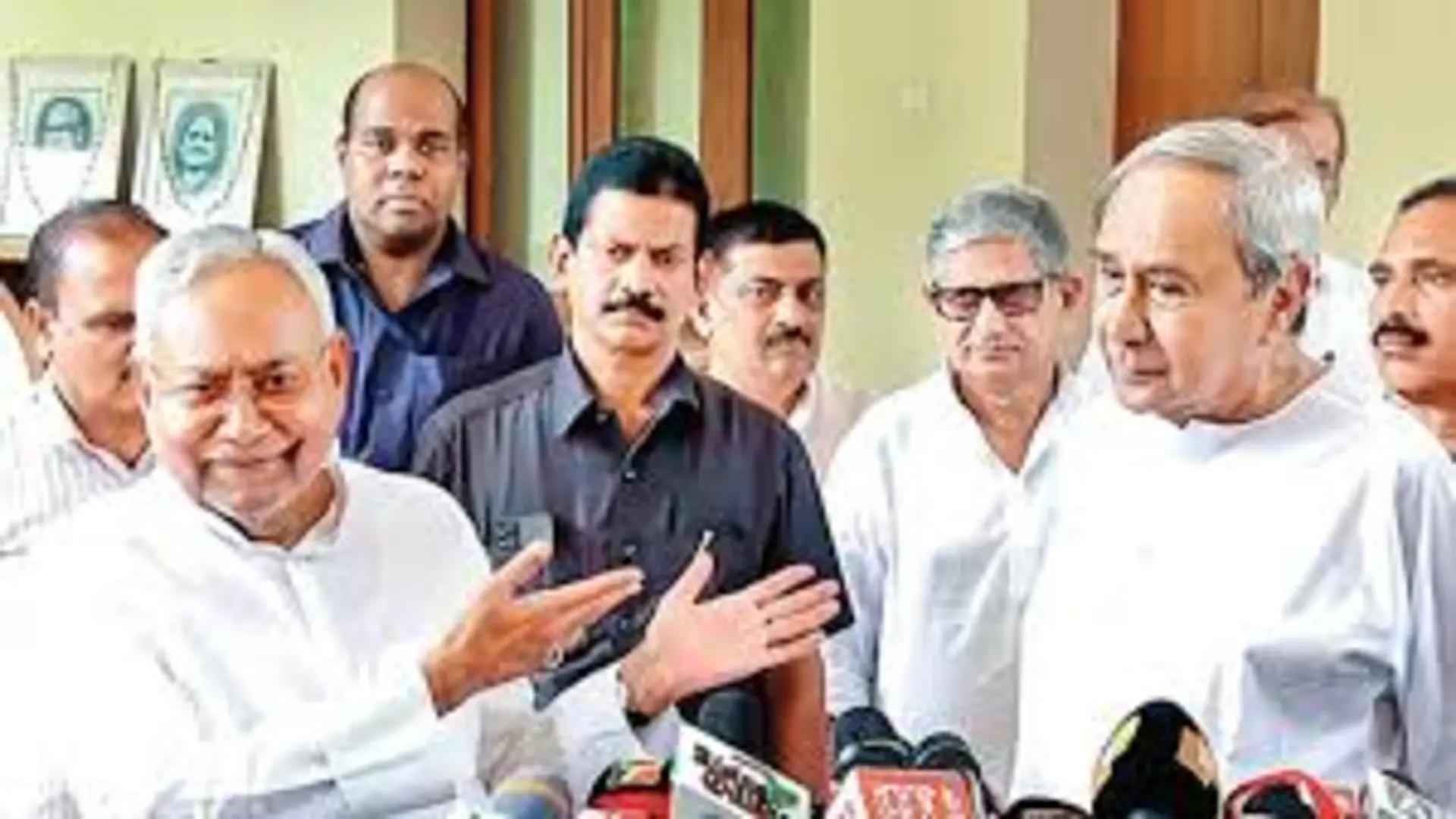A few hours to go for her wedding ceremony, the bedecked bride is surrounded by her flock of damsels in sustained preparation. One brushes together her lustrous locks while another flatly strokes the immaculate pleats of her attire. Her hierarchically-assembled bangles have been slid through her delicate, mehendi-smeared forearms and a bindi centred on her forehead, not an millimetre out of place. And then comes the part that is overplayed by numerous television commercials nowadays- the opulent bridal jewellery set is descended upon her neckline by a more authoritative family member of the bride, her mother usually. If the situation allows for it, the set is given a tad bit more emphasis with one of the bride’s friends straightening the earring, necklace or maangtika to ensure the underside of it is turned inwards. Drumrolls and dramatic music. And lo and behold, the twenty-first century advertisement for a commercial Indian jewellery brand is ready to besiege the nation’s marriage market.

But the line of approach is vastly different for jewellery designer Sunita Shekhawat, who specialises on reversing the very underside of traditional jewellery sets into an exclusive art form and style in itself. Owing to her patronage and renowned expertise, no longer does the Meenakari art form play as a rear filler to its more prominent Kundan or Polki forefronts. Hence, Shekhawat made her breakthrough into the charged market of jewellery design by breathing a new life into the timeless underplayer of Indian jewellery design, namely, the Meenakari art form.
An invention of the Persian craftsmanship that thrived during the Sasanian era, the Meenakari art form depicts the elongated process of enamelling and ornamenting gold surfaces with intricate designs using liquid or powdered minerals and gemstones. Gold was the preferred metallic medium amongst Meenakari artisans for its durability, lustre, ductility, and superior hold over the enamel fillings. The replacement of gold for more inferior metals such as silver and copper was implemented once the art form dispersed itself to the manufacturing processes of alternate artefacts such as boxes, bowls and art pieces. Despite its perceivable finesse, the componential simplicity of Meenakari art work tended to place it at the lesser visible aspects of ornamental jewellery, as previously discussed. However, several art historians argue that more than being a political placement of opulent worth, the strategic placement of Meenakari in the traditional undersides was deliberately played out to add to the reversibility and element of hidden design to the ornament. Subsequently, the Mughals were credited for bringing this mysterious alchemy of bright enamels to India, where the craft was gradually mastered and inherited by its present-day custodians, a hereditary community of goldsmiths who call themselves Meenakaars.
A multitude of centuries and art legacies later, the vibrant art form continued to glisten over the arid beauty of Rajasthan, which captivated the creative imagination of Shekhawat like no other state in the nation. Owing to her ancestral links of friendship with the royal houses of Jodhpur, Shekhawat had the privilege of accessing a highly limited edition of handcrafted jewellery that remained hidden to the common eye. A glimpse into the jewellery collections of the past inspired Shekhawat to re-create and re-introduce the magnificent art form of Meenakari for the modern world. And with this resolve, Sunita Shekhawat’s jewellery brand was conceived.
Thereafter, twenty five years of academic curiosity and experimentation with craftsmanship helped Shekhawat’s design philosophy to evolve into what it stands for today. Its unique selling point resides in Shekhawat’s exclusive dedication to distinctive and hand-made amalgamations of unusual colour palettes and interpretations of fresco motifs and architectural shapes from different regions within India. Earning her national and global distinction as the ‘Modern Meenakaar’ of India, Shekhawat continues to uphold the age-old legacy of the traditional art form with the underrated challenge of reinventing the design sensibility that applies to contemporary times. At present, Shekhawat’s jewellery collection is displayed to buyers through two flagship stores out of which one is situated in Jaipur and the other in New Delhi.
When asked about her experience as a contemporary jewellery designer who has undertaken the custody of an age-old art legacy, Shekhawat shares some interesting insights that are certain to have been developed by the design maestro through a laborious experience of dedicated entrepreneurship. In her words, “the most important aspects of bespoke jewellery designing is to be able to respect and honour the age-old traditions of the art and craftsmanship while trying to design for the modern day woman. Often in our pursuit of unconventional designing for modern taste and style, we tend to deviate from the art itself. This is the most important aspect of genesis and jewellery designing, and one needs to bear it in mind.” Added to the endless possibilities of design in present times, Shekhawat finds her niche in the ability to harmonise and balance them with the traditional essence of Meenakari art.
The intricate and long-drawn process of jewellery art and its implementation to design modern-day masterpieces is made all the more worthwhile for Shekhawat when seen in tandem with customer satisfaction. “The most rewarding aspect of running a jewellery brand is the fact that you get to be the medium for some bride or lady to be able to achieve her dream jewels. It is most satisfying to see a happy bride as we get to fulfil her dreams for the biggest day of her life”, Shekhawat adds.
Shekhawat continues to deliver the finest customisations and re-inventions to a growing entourage of brides. While she’s at it, she discloses news on her latest addition to the timeless masterpieces of Sunita Shekhawat, namely, the Tanzanite set. Marvellously hand-crafted by skilled craftsmen, this set has been curated using the finest of elements. The deep aquamarine hues of enormous tanzanite are lavishly strung together with an assortment of uncut polkis and hand-picked south sea pearls on a contrasting base of 22 carat gold. The deep blue tones of the massive tanzanites strengthen the beauty of gold and harmonise the modern layout with traditional aesthetics. What’s more, the Tanzanite set is not the first in conveying Shekhawat’s consistency with a thorough know-how of not just the art form, but also its symbiotic possibilities with the world in which it presently thrives. This, and each of Shekhawat’s Meenakari variant confesses an exclusive style affair of its own, from times that have bygone and times that are yet to descend upon us through our necklines.













